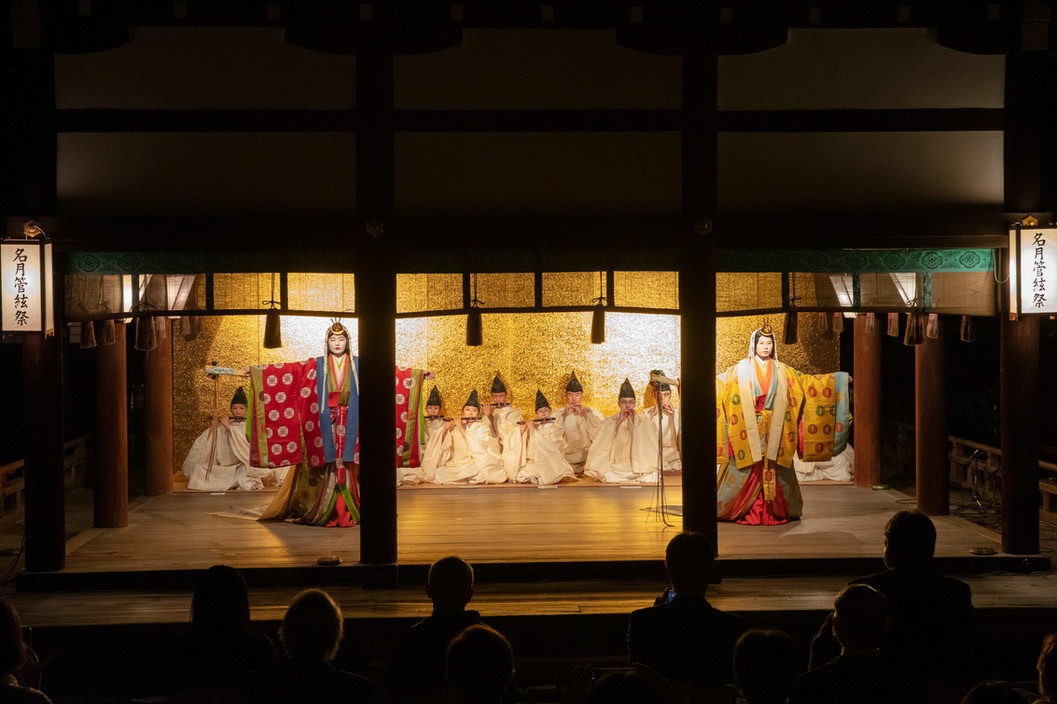Introduction
The Kamo Shrines, comprising Shimogamo Shrine and Kamigamo Shrine, are among Kyoto’s oldest and most significant shrines. These UNESCO World Heritage Sites not only witnessed Kyoto’s thousand-year history but also served as crucial places for imperial prayers for the city’s prosperity. This guide will unveil the charm of these sacred grounds.
Key Information
- Location: Sakyo Ward, Kyoto
- UNESCO World Heritage Sites
- Host to the famous Aoi Matsuri (May 15th annually)
- Home to a 600-year-old primeval forest
- Unique sand cone purification rituals
Rich History
The Kamo Shrines predate Kyoto’s establishment as Japan’s capital in 794. Throughout Kyoto’s millennium as the imperial capital, the shrines were patronized by the Imperial Court as establishments dedicated to the city’s protection and prosperity. Shimogamo Shrine sits at the confluence of the Takano and Kamo rivers, surrounded by the well-preserved Tadasu no Mori forest. Kamigamo Shrine, located about 3.5 kilometers upstream, is renowned for its unique sand cone purification rituals.
Main Attractions
Shimogamo Shrine (下鴨神社)
Shimogamo Shrine, also known as “Lower Kamo Shrine,” is nestled at the junction of the Takano and Kamo rivers. It’s enveloped by Tadasu no Mori, a primeval forest with trees up to 600 years old. The shrine’s ancient architecture exudes a mysterious aura, offering a perfect glimpse into Kyoto’s traditional culture.
Kamigamo Shrine (上賀茂神社)
Kamigamo Shrine, or “Upper Kamo Shrine,” is located upstream from Shimogamo. Its most striking feature is the unique sand cone purification ritual. Two conical sand mounds have been used in shrine ceremonies since ancient times, symbolizing purification and blessings. The shrine’s structures blend seamlessly with the natural environment, showcasing the essence of Shinto beliefs.
Tadasu no Mori (糺の森)
This primeval forest, known as the “Lungs of Kyoto,” is a rare nature reserve within Kyoto city limits. Home to diverse flora and fauna, a stroll through this forest feels like stepping into a secluded paradise. It offers stunning views year-round, from spring cherry blossoms to fiery autumn foliage.
Best Time to Visit
- Spring (March-May): Cherry blossoms and Aoi Matsuri
- Autumn (October-November): Spectacular fall colors
- Year-round: Monthly rituals on the 1st of each month
Getting There
- Shimogamo Shrine: 15-minute walk from Demachi-Yanagi Station; or take City Bus No. 4 to “Shimogamojinja-mae” stop
- Kamigamo Shrine: 30-minute ride on City Bus No. 4 from Demachi-Yanagi Station or Shimogamo Shrine to the final stop; or 15-minute walk from Kitayama Subway Station
Hours and Admission
- Shimogamo Shrine: 6:00-17:00, open year-round, free admission
- Kamigamo Shrine: 5:30-17:00, open year-round, free admission
Visitor Tips
- Observe shrine etiquette and maintain quietness
- Purify hands and mouth at the temizuya before worship
- Prepare small coins for offering
- Avoid photography inside main buildings
- Wear comfortable walking shoes, especially for exploring Tadasu no Mori
Official Websites
Conclusion
The Kamo Shrines are not just important historical and cultural heritage sites of Kyoto, but also excellent places to experience traditional Japanese Shinto culture. Whether you’re a history enthusiast, cultural explorer, or a traveler seeking tranquility, the Kamo Shrines are worth a visit. Here, you can transcend time and feel the mysterious charm of the ancient capital.
Start planning your Kamo Shrines journey now, and create unforgettable memories with every view and moment!
